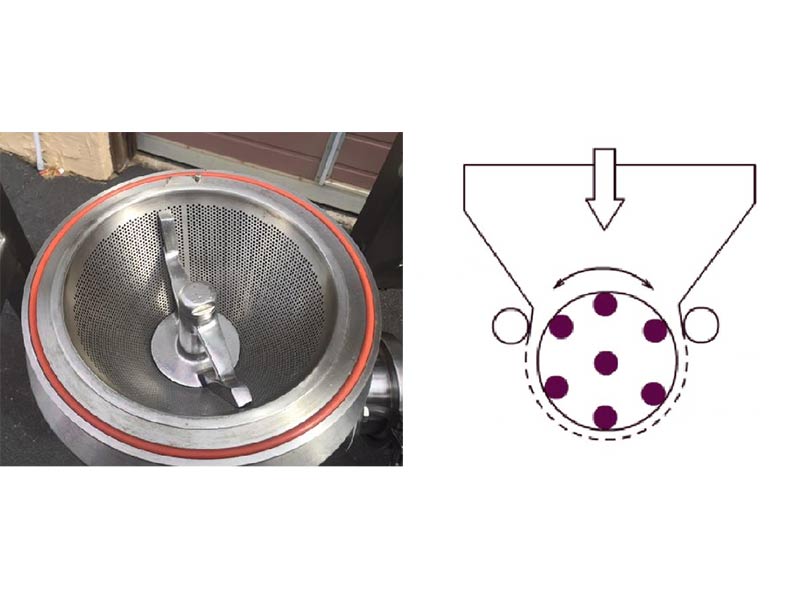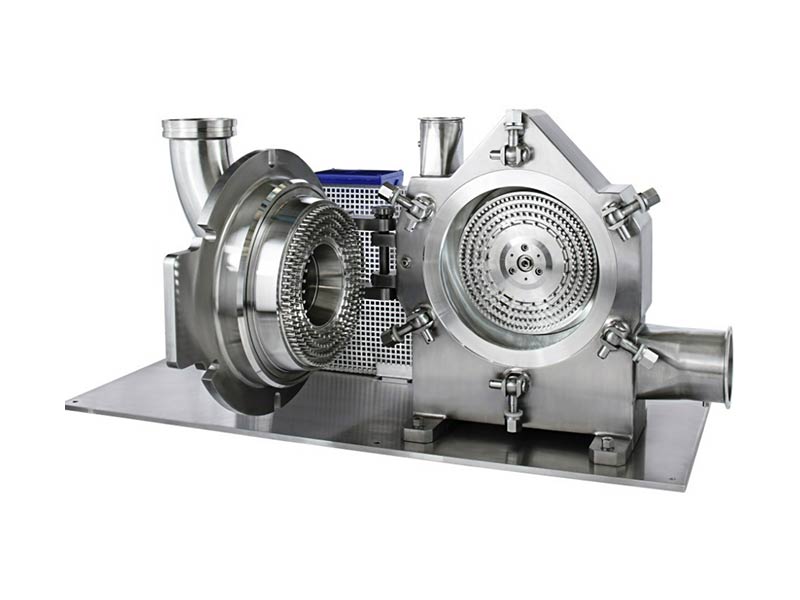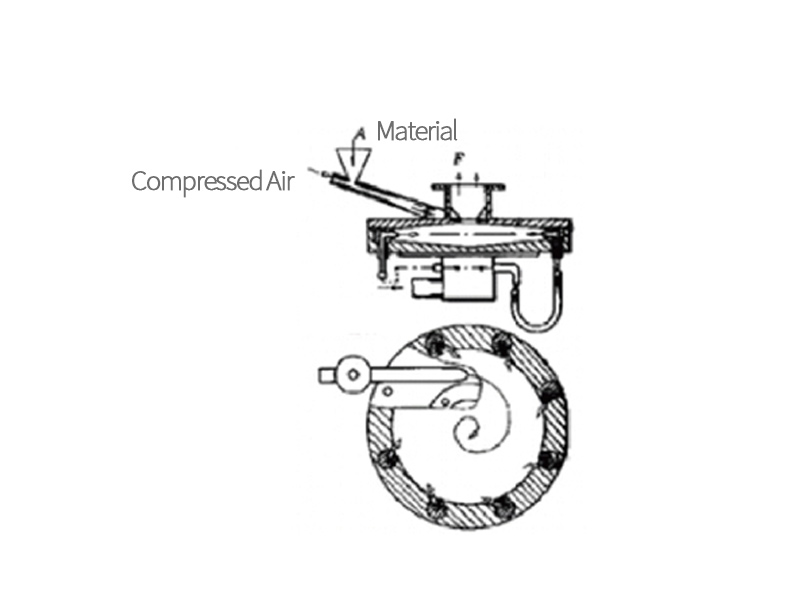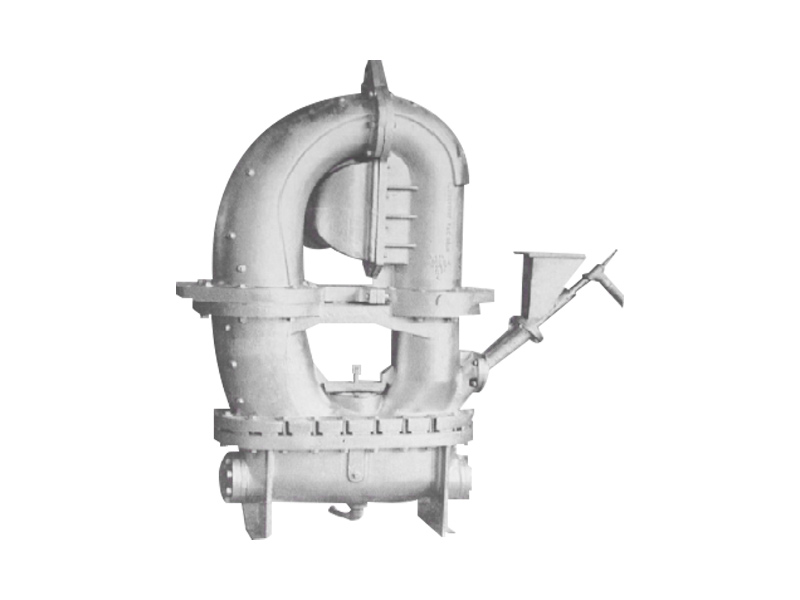At present, the preparation process of pharmaceutical tablets is inseparable from the granulation process. The granulation process is generally divided into two categories, wet granulation and dry granulation. Wet granulation is the main method of granulation at present, and pulverization is the first production process of wet granulation. This article will conduct a detailed analysis of the crushing method and the selection of related equipment, in order to provide a reference for colleagues in the pharmaceutical industry.
Pharmaceutical tablets are one of the many types of, the most produced and widely used dosage forms in the pharmaceutical industry. The manufacturing process of tablets can be generally divided into raw and auxiliary materials crushing, weighing, mixing, granulation, drying, granulation mixing, tableting, coating and other processes. There is a saying in the industry: granulation is the leader, while tableting is the the core, and packaging is the tail of the phoenix, which shows that the granulation process plays a pivotal role in the entire tablet production. The methods of granulation are generally divided into two categories: wet granulation and dry granulation. At present, the wet granulation process is still the mainstream process in pharmaceutical production. It has the advantages of mature production process, good particle quality, high production efficiency, and good compression moldability. It is widely used in the pharmaceutical industry. Pulverization is the first production process of wet granulation,it also called rapid mixer granulator.
Pulverization refers to the process of overcoming the cohesion of solids by mechanical methods and breaking large solids into suitable sizes. The purpose of pulverization is to reduce the particle size and increase the surface area.
01 Classification Of Pulverization Methods
According to the way of force, the pulverization method can be divided into: extrusion, breaking, shearing, impact, splitting, grinding, etc.
-
Extrusion
The material is placed between the two working members, and then the material is gradually pressurized to cause elastic deformation and plastic deformation until it is broken and crushed. This pulverization method is suitable for crushing brittle materials. If the processed materials are ductile and plastic, flaky debris may be produced.
-
Breaking
The material is subjected to bending stress between the working components and breaks when the force exceeds its strength limit. This method is generally used to handle larger pieces of long or thin brittle materials.
-
Shearing
This is a pulverizing method with low energy consumption, which can pulverize brittle materials, and the newly formed surface is relatively regular and easy to control the size of the particle.
-
Impact
When the working member hits the material at a very high speed, the material is crushed due to the heavy load in a very short time. The impact is suitable for pulverizing a variety of materials, not only for the crushing of larger pieces, but also for fine crushing. Lightweight brittle materials are especially suitable for this type of crushing. The productivity of impact pulverization is high, and the particle size produced after pulverization is relatively uniform.
-
Splitting
Splitting is a method of sawing and breaking material particles by using sharp teeth on the surface of the working component. It is especially suitable for pulverizing colloidal materials, it can obtain a variety of different particle size products, and the amount of powder is also small, but it is not suitable for processing oily materials or materials with a water content greater than 18%.
-
Grinding
The material is subjected to a certain pressure under the surface of the working component, and there is relative movement and friction with the component, resulting in damage to the internal structure of the material and surface spalling. In reality this is a complex process of both extrusion and shearing.
A pulverizing equipment often uses multiple pulverizing methods in combination, and rarely only uses one of them. It’s just that in the process of work, a certain method plays a major role, and the pulverizing method that plays a major role is an important reference for selecting suitable equipment.
When choosing a suitable pulverizing method, the physical properties of the material to be pulverized should be considered first: for particularly hard materials, crushing methods are very effective; for tough materials, grinding is better; for colloidal materials, sawing and splitting are appropriate; for grain pulverizing, extrusion and sawing are preferred; for fiber-containing materials, it is better to use disc grinding. In short, according to the physical properties of the material, the correct selection of the pulverization method is of great significance to improve the pulverization efficiency, save energy, and improve product quality.
02 Selection Of Pulverizing Equipment
Common wet granulation pulverizers are: extrusion granulator, impact pulverizer, centrifugal screener, etc. .
-
Extrusion Granulator
Common extrusion granulators include cone granulator and swing granulator. The working principle of the two is the same, both of which are extruded and sheared by the rotor, and finally the material is extruded into granules through the screen. This extrusion pulverization method is mainly used to pulverize various dry, wet and heat-sensitive materials, and is especially suitable for the pulverization of bulk materials.

Figure 1 Internal Structure Of Cone Granulator
However, the working methods and application scenarios of the two are different. When the cone granulator is working, the rotor rotates in a single direction. The shape of the particles after pulverization is mostly cylindrical and angular column, and the particle size distribution is narrow, ranging about 0.1 to 30 mm. The size of the granulation can be adjusted by adjusting the shape of the screen, the size of the aperture, the speed of the rotor, etc. The internal structure of the cone granulator is shown in Figure 1. When the swing granulator is working, the rotor swings left and right at a constant speed to apply force to the product evenly. The particle size distribution is very uniform, and the particle size fineness after pulverizing can reach 250 μm. The heat generated by the equipment is small, but the output is lower than that of the cone granulator .
-
Impact Mill
Common impact mills include hammer mills, nail disc mills, jet mills, etc. Its working principle is the impact collision, friction and shearing between particles or between particles and rotors, so as to pulverize materials .
But the working methods and application scenarios of the three are also different.
Hammer mill is mainly composed of rotor, screen, feeder and other components. After the material enters the pulverizer from the feeder, it is impacted by the rotor and collides and rubs in the pulverizing cavity. The pulverized fine material is discharged through the screen at the bottom, and the coarse material is intercepted by the screen and repeatedly pulverized. Hammer mills are widely used in the fine grinding and grinding of various crystalline fibrous materials, and their particle size can reach 30 μm. But it is not suitable for the crushing of high hardness materials and viscous materials.

Figure 2 The Internal Structure Of The Nail Disc Mill
The nail disc mill consists of two discs with steel teeth (namely nail discs) and an annular sieve plate, and its internal structure is shown in Figure 2. The two nail discs are the stator and the rotor, which are staggered and rotated at high speed, and the materials in them will be crushed by the high-speed impact of the steel teeth. The fineness of the final particle size can be adjusted by adjusting the speed of the nail plate, the specifications of the nail plate and the screen. Since the centripetal force will be generated when the two nail discs run relative to each other, even wet materials and low-viscosity materials can also be processed with them, so the nail disc mill is also called universal mill. The fineness of the particles after peg-disk grinding is usually about 30-1500 μm. However, due to the heat generated in the pulverizing process, it is not suitable for pulverizing materials with volatility, low softening point and high viscosity.
The jet mill uses air or other gas to spray through a nozzle of a certain pressure to generate high-speed turbulent flow and energy conversion flow. The material is suspending and conveying through the action of air flow, so that the materials have violent impact, collision and friction with each other, and the shearing effect of the high-speed air flow on the particles finally makes the material fully ground and pulverized. Under the premise of ensuring the cleanness of the air source, no other substances are mixed in the process of jet pulverization, and the material will not be contaminated, so it is suitable for the pulverization of materials that are not allowed to be contaminated by metals and other impurities. Since the material can maintain the original naturalness after jet pulverization, it is also suitable for ultra-fine pulverization of biologically active products. The temperature rise in the process of jet pulverization is very low, making it also suitable for pulverizing heat-sensitive materials. After jet pulverization, the particle surface is smooth, the shape is regular, and the particle size is uniform, but its disadvantage is that the energy consumption is relatively large.
According to the structure, the jet mill can be divided into flat type (disc type), circulating tubular type, single jet type (target type), counter jet type, fluidized bed counter jet type, etc. Now we will briefly introduce two types of jet mills, flat type (disc type) and circulating tubular type.
Flat jet mill is the earliest and most widely used jet mill, also known as disc jet mill, and its working principle is shown in Figure 3.

Figure 3 Working principle of flat jet mill
Circulating tubular jet mill is also known as vertical annular jet mill. It can be divided into equal circular section and variable cross-section circulating tubular jet mill. Among them, the most widely used is the variable section circulating tubular jet mill, and its working principle and shape are shown in Figure 4.

Figure 4 The Working Principle And Shape Of The Variable Cross-Section Circulating Tubular Jet Mill
-
Centrifugal Screeners
The main structure of the working part of the centrifugal screener is composed of a stator and a screen. Its working principle is that external force is applied to the agglomerated material to destroy its internal structure, causing the agglomerated material to loosen and disintegrate, and finally the broken particles will pass through the screen holes. It is mainly used for loosening and screening of materials after material agglomeration. After sieving, the particle size of the material can reach 150 μm. Centrifugal sieves are characterized by the fact that almost no heat is generated during operation.
03 Conclusion
In the production process of pharmaceutical pulverization, when large batches and continuous production are required, it is particularly important to choose the appropriate pulverizing equipment. After understanding the pulverization method and the working principle of common pharmaceutical pulverizers, and then according to the physical properties of the material and the final particle size requirements, we can choose the appropriate pulverization method and determine the appropriate pulverizer type.










